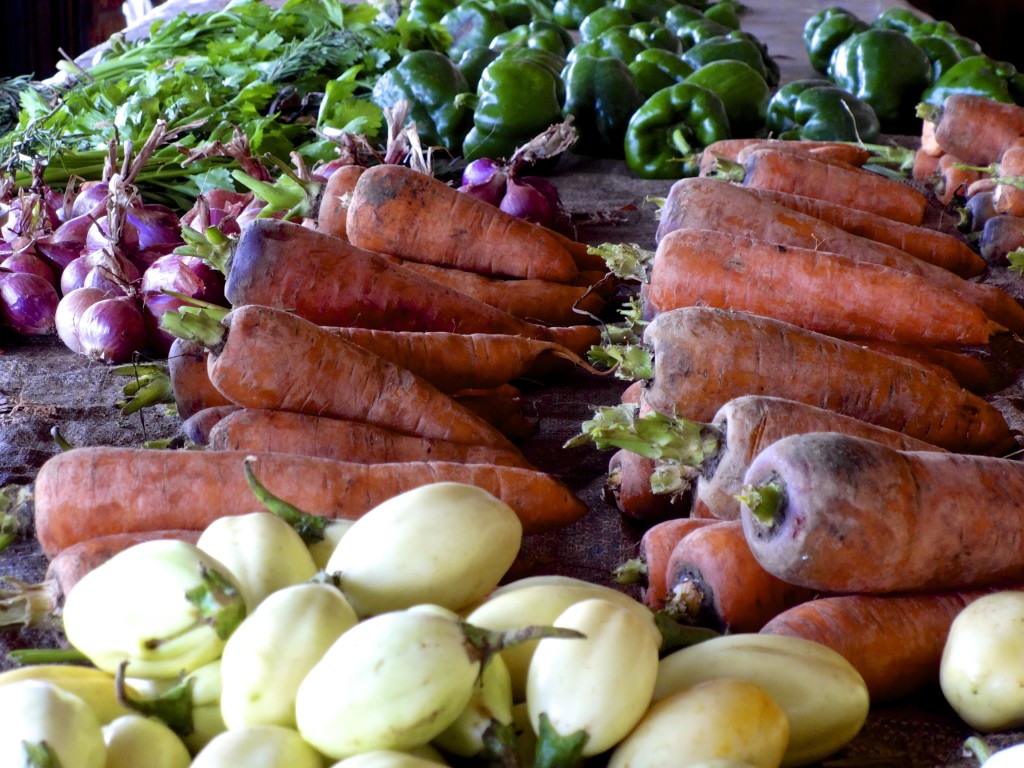Maintaining a certain eating routine when traveling can be overwhelming. You're going into uncharted territory and the place you visit may not be used to your eating habits, let alone healthy eating habits. The idea of being vegan is a newer concept, one that not every culture will know. Here are a few tips that I've learned to still eat healthy vegan food abroad.
1. Do Your Research
The best way to ensure you'll be able to eat is to do your research in advance. Find out if the city you're going to has vegan restaurants or markets nearby, search for vegan Facebook groups and ask for advice online. Fortunately, when I planned my trip to Cusco I also found numerous vegan restaurants within walking distance to my accommodation.
2. Learn How to Order Food in the Local Language
No carne, por favor. If you like to travel to remote locations or outside city centers, it's best to write a list of words to describe what you cannot eat. The word, vegan, is a newer concept and many countries aren't familiar with the idea. I found this to be especially helpful when traveling throughout Thailand when fish sauce is used in almost every dish.
3. Bring Your Must-Have Snacks
If you know your food options will be limited and you have the space in your luggage, bring snacks that will keep you energized. When I hiked a 5-day trek to Machu Picchu, I wasn't sure if the food available would sustain my energy for the 75km hike, so I packed Vega One bars. These small bars are perfect for traveling and are loaded with the essentials. Each bar contains 12g of plant-based protein, 50% DV of 12 vitamins and minerals, 3g of fiber, and veggies. I also took the Vega Sport Protein bars for those extra strenuous hikes, which have 15g of protein.
4. Shop at Local Markets
A big part of the travel experience is the food. Though it's great to eat at restaurants, the markets are a wonderful way to experience the culture and how people live. It's also much cheaper than eating out every night. My favorite days of the week in Rwanda were market days. I walked 20 minutes down a dirt road to buy fresh produce and avocados for $.30 each, but it was a wonderful opportunity to meet everyone on the street and experience shopping like a local.
Local market in Rwanda
Fresh produce in Rwanda
5. Go with the Flow
There might be nights when all you can find is bread and a salad, and sometimes that's okay. My friend and I visited Lisbon and I remember eating at a local fish restaurant because we couldn't find anything else. I ordered salad that they used for garnish under the main dishes. It was only one meal and the experience dining with locals rather than the food itself was the most enjoyable part of that evening.
Let me know what works for you (and what doesn't) and enjoy your travels!
Peace,




